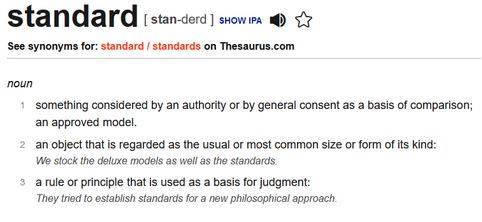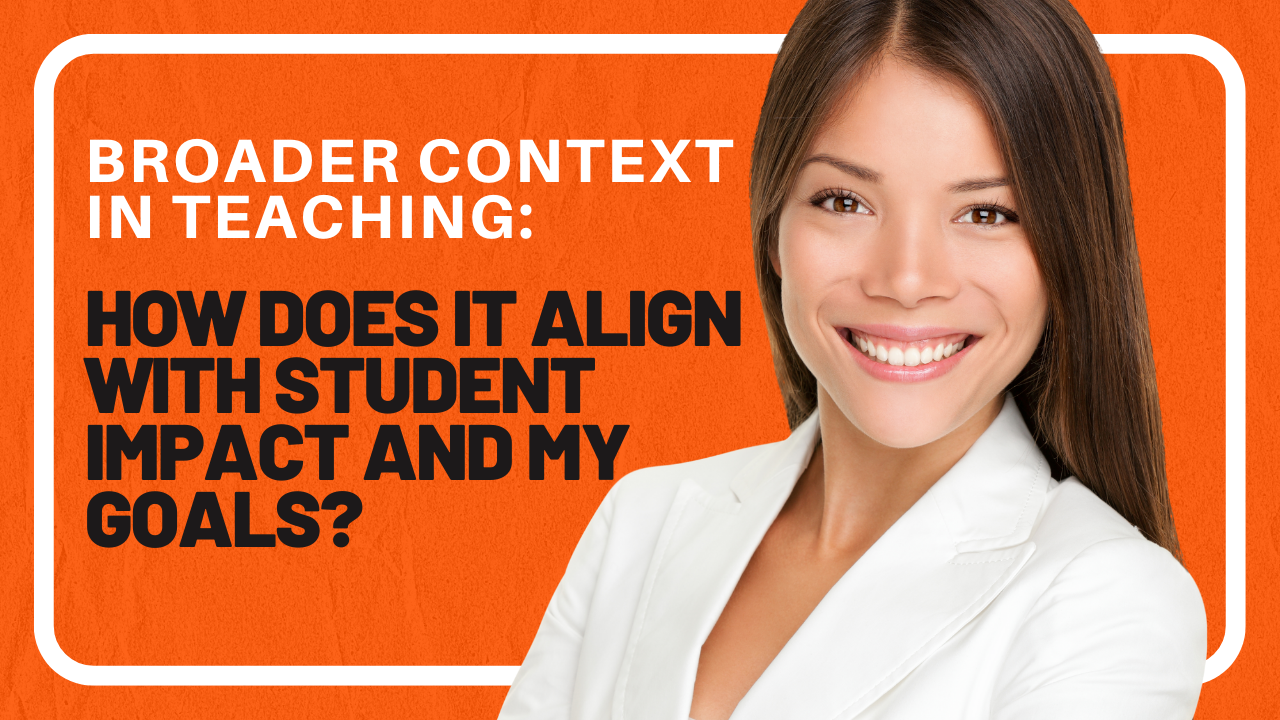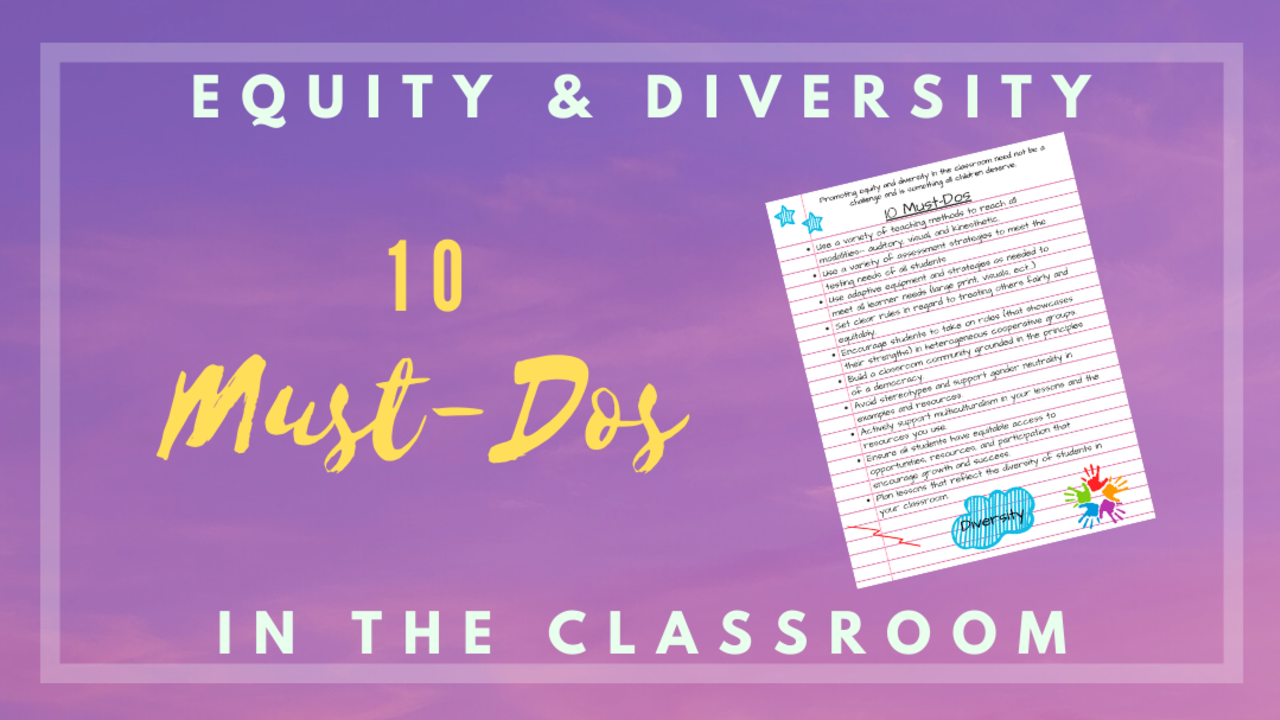Tracey Bryant Stuckey's Blog:
Education Redefined
The National Board for Professional Teaching Standards (NBPTS) has set the standard of what accomplished teaching looks like here in the United States. As education has evolved, so...
Borrowing a classroom for the NBPTS MOC process - are you thinking…
Do I need to borrow a classroom for my NB MOC?
- What type of classroom should I borrow for NBPTS MOC?
So for many teachers starting the MOC renewal process for NBPTS is a daunting tasks. PTSD from initial certification is still not that far gone, and the idea of having to start aga...
Congratulations to all the NBCTs who Achieved or Renewed NBCT Status for 2021!
I would personally like to congratulate the GROWTH of all of the teachers, including those that achi...
Actual Questions from the Maintenance of Certification (MOC) Process
Respond to the following prompts for each of your PGEs.
-
Provide a context of the professional situ...
First, standards - refers to the universal model or approved content and/or pedagogy that should be followed to meet the underwritten standard for an organization. Think about t...
Broader Context in Teaching
The broader context in teaching refers simply to the bigger idea or overarching understanding that you have used within your planning of this lesson. ...
Component 1 of the National Board for Professional Teaching Standards (NBPTS) Maintenance of Certification process asks what seems like a simple question.
This component instruct...
Many teachers find the evidence portion of the Maintenance of Certification process to be highly stressful, either because they feel they don't have enough evidence or that the NBP...
Promoting equity and diversity in the classroom need not be a challenge and is something all children deserve.
- Use a variety of teaching methods to reach all modalities-- audito ...













